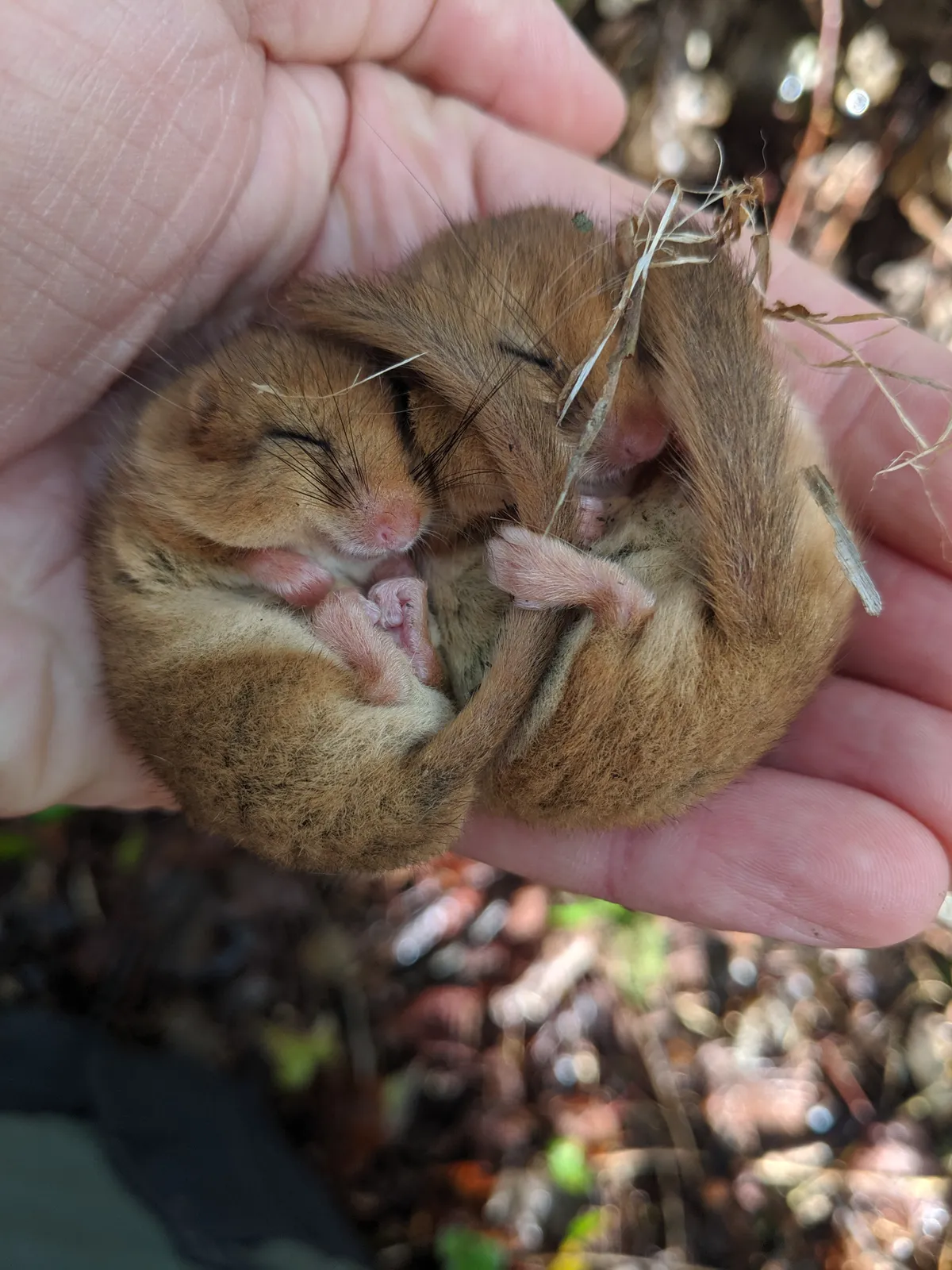Hazel dormice are a key indicator species for determining the health of woodlands, but their populations have fallen by a third in the UK since 2000, and they are now extinct in 17 counties across England.
The charismatic mice are typically found in wooded, rural areas, where they rely on hazel trees, which make up their main habitat.
It is believed that the main cause of their decline is habitat loss, but climate change also plays a role. With winters becoming increasingly warmer, dormice can wake up too early from hibernation, when they are unable to rely on hazel trees for nourishment.

With their numbers plummeting, dormice can do with every bit of help they can get. Fortunately there are a few very simple ways people can help, such as leaving ivy on trees, letting brambles grow, and creating log piles — all of which can provide good places for them to bed down for their winter sleep.
Dormice are arboreal, which means they prefer to live in the tree canopy, spending as little time as possible on the ground, where they can be more vulnerable to predators.
Managing woodlands by coppicing can also help dormice by ensuring the tops of trees touch, allowing them to move freely through woodland without needing to put themselves at risk by crossing fields or roads.

The woodlands at National Trust’s Cotehele Estate in Cornwall (where the dormice in this picture were found) are managed by rangers in just this way.
The rangers here carry out a monthly monitoring check of the hazel dormouse population on the estate — where 50 dormice nesting boxes have been installed — between April and October. Any dormice they find are counted, and their age, sex, weight, and breathing condition recorded. The information is then submitted to a national database in order to for researchers to have more visibility of the country’s population.
If you are lucky enough to see a dormouse, please report your sighting to the People’s Trust for Endangered Species, to help the conservation charity increase their knowledge of the species.
Remember that a special licence is required to handle dormice, so people are advised not to attempt picking one up.
